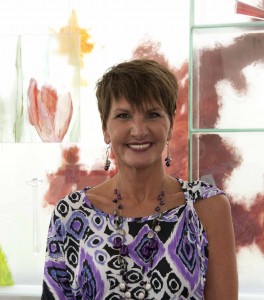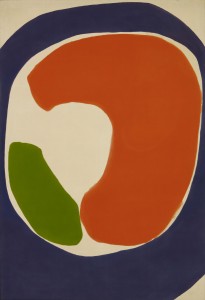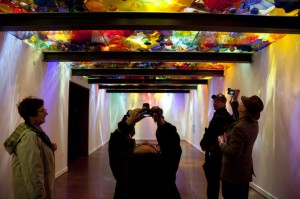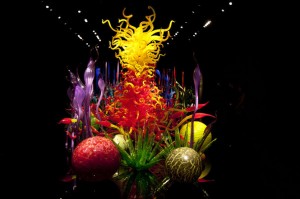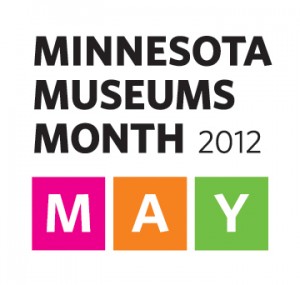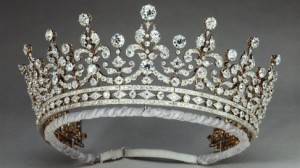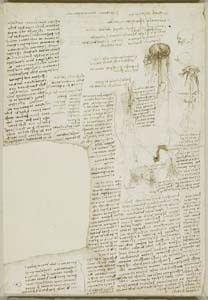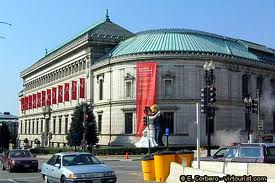 Is this the beginning of the end of the Corcoran Art Gallery? Yesterday, Washington’s oldest public art museum, founded in 1869 and opened in 1874, said it may sell the Beaux Arts building it has occupied since 1897 and move to the suburbs, where it can obtain more breathing room for less money. Besides, it said upgrading the existing building to current museum standards would cost at least $100 million and it would still lack gallery space for displaying its permanent collection.
Is this the beginning of the end of the Corcoran Art Gallery? Yesterday, Washington’s oldest public art museum, founded in 1869 and opened in 1874, said it may sell the Beaux Arts building it has occupied since 1897 and move to the suburbs, where it can obtain more breathing room for less money. Besides, it said upgrading the existing building to current museum standards would cost at least $100 million and it would still lack gallery space for displaying its permanent collection.
Costs aside, that’s crazy. Why leave all those tourists to the District behind? Didn’t the Newseum try to get visitors to come to Arlington and then decide it had to move to the city?
You can read the full statement from the director/president and chairman of the board here.
An article in the Washington Post has more on the current situation and on the Corcoran’s sad history in recent years, which have been marked by mismanagement and poor leadership. And it provides more on how the board came to this decision, with help from a strategic consulting firm named Real Change Strategies, whose website is not operable as I write this. Real Change Strategies is owned by Martha Blue, a former employee of McKinsey & Co. and Goldman Sachs with an MBA from the University of North Carolina. (Not that I’m blaming her…) According to the Corcoran’s 990, it paid her $609,691 for her advice.
The obvious fact here is that the Corcoran has had no workable, believable vision to sell to potential funders. It has been unable to raise money because there’s little reason for philanthropists to give. Its 990 forms, for fiscal years ended June 30, show a decline in contributions and grants to $4.4 million in the year to June 30, 2010, its most recent filing. That’s the lowest for the past ten years, down from $4.9 million in FY 09; $8.2 million in FY08 and $12.9 million in FY07. The number hovers around $10 million for a couple of years before that — and in FY02, it was $20.4 million (or $26 million in today’s dollars).
You can’t blame that record on the recession. We’ve been through several cycles since then, and in 2002 we were barely out of the 2001 recession (not to mention the impact of 9/11).
The Corcoran has gone through umpty-ump changes in directors, to no avail. Maybe it should simply hand over its management to the National Gallery of Art.
New York had a similar situation recently, when the Museum of the City of New York took over the South Street Seaport Museum at the behest of city government. It’s too recent a move to call it a success. But the Seaport museum too had been clueless, and the city was able to intervene because the museum owed it money.
Memo to whoever can knock heads in Washington: look north; this may be a model.

